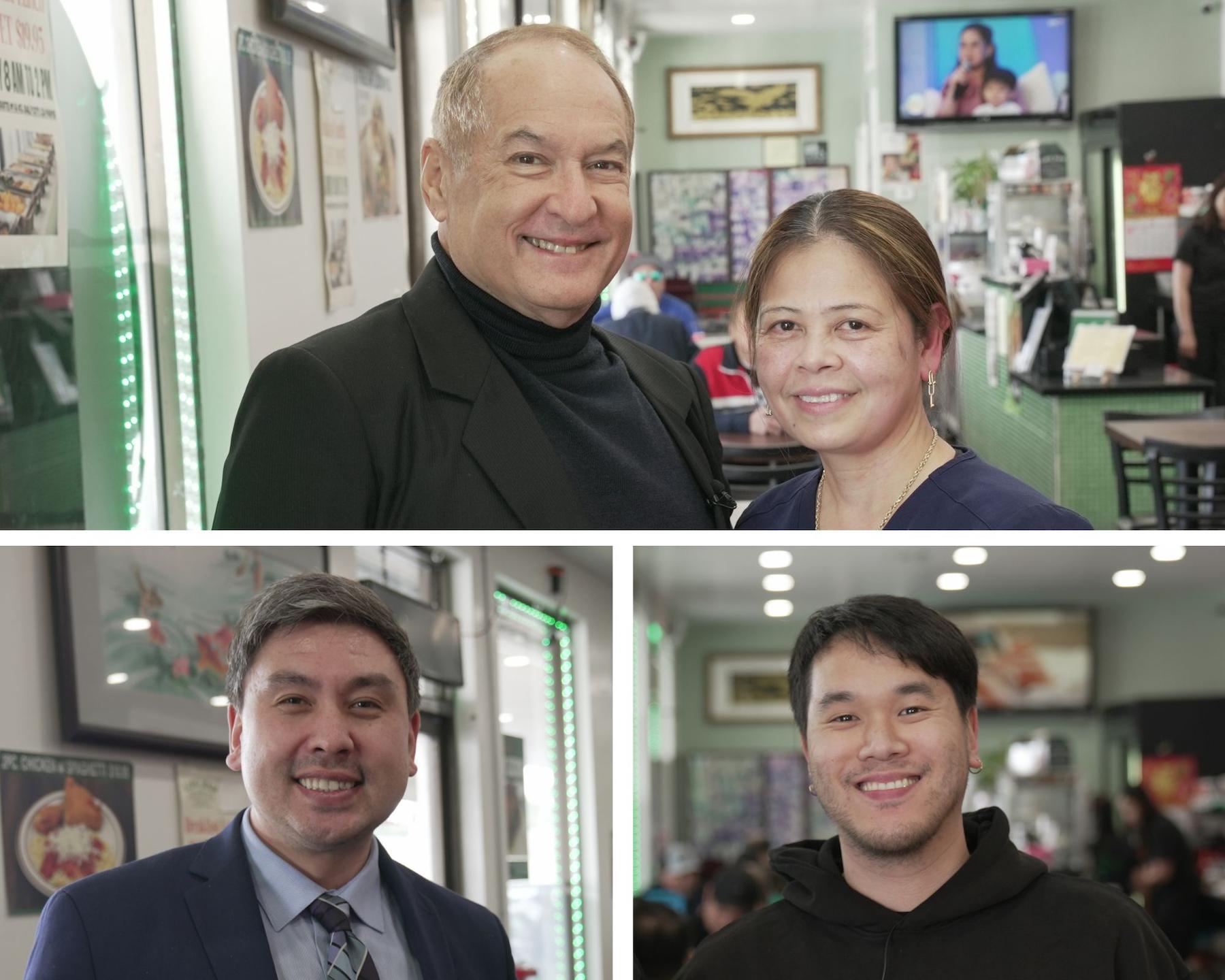ANG I-130 Petition for Alien Relative ng isang U.S. citizen (USC) o lawful permanent resident (LPR) para sa kanyang dayuhang asawa batay sa kasal nila na naganap noong ang dayuhan ay nasa removal proceedings na ay karaniwang hindi maaaprubahan hanggang ang dayuhan ay manirahan sa labas ng U.S. ng dalawang taon mula sa kanyang kasal sa USC/LPR. Ang removal proceedings ay nagsisimula sa pagfile ng U.S. Immigration Officer ng Notice to Appear (NTA) laban sa dayuhan sa Immigration Court. Ang dayuhan ay masasabing nasa removal proceeding habang ang kanyang kaso ay nasa Immigration Court – kasama dito ang mga administrative at judicial appeal ng kanyang kaso, at habang ang kanyang kaso ay administratively closed.
Ang isang exception sa restriction sa itaas ay para sa mga bona fide marriage. Ang mag-asawang USC/LPR at dayuhan ay maaaring mag-apply ng bona fide marriage exception upang maiwasan ang pag-alis ng dayuhan sa U.S. ng dalawang taon at ang paghihiwalay nila ng kanyang asawang USC/LPR sa panahong ito. Upang matupad ang mga bona fide marriage exemption requirements, kailangang patunayan ng dayuhan sa pamamagitan ng malinaw at nakakakumbinsing ebidensya na ang kanilang kasal ng USC/LPR ay good faith marriage, naaayon sa batas ng lugar kung saan sila kinasal, ang kasal ay hindi naganap upang ang dayuhan ay makakuha ng mga immigration benefit, at walang pag-aayos na pinansiyal dulot ng kasal sa pamamagitan ng dayuhan at asawang USC/LPR.
Ang USC/LPR at dayuhan ay kailangang magsubmit ng ”bona fide marriage exemption letter” kasama ng I-130 Petition for Alien Relative. Kailangang isaad nila ang mga dahilan para sa exemption at kailangan ding magbigay sila ng mga documentary evidence para sa kanilang eligibility sa exemption. Ang mga sumusunod ay maaaring ibigay bilang documentary evidence: mga litrato ng kasal, mga litrato ng mga-asawa at ng kanilang relasyon bago pa ang kasal, lease agreement at mga titulo sa mga pag-aari nila, health insurance at iba pang insurance policies, joint phone bills at utility bills, joint tax returns, joint bank statements at credit card statements, birth certificates ng mga anak nila, mga sulat mula sa mga kaibigan at kamag-anak, at iba pang mga ebidensya ng bona fide marriage at relasyon ng mag-asawa.
Maliban sa mga documentary evidence na ibinigay ng mag-asawang USC/LPR at dayuhan, ang USCIS ay maaari ring tumingin sa social media tulad ng Facebook, Instagram, at Whatsapp sa determinasyon nito tungkol sa kinauukulang kasal. Ang USCIS ay gumagamit at tumitingin sa mga pampublikong impormasyon sa pagsusuri, pag-imbestiga at pagdetermina ng validity ng mga visa petitions, lalung-lalo na yung mga dayuhan na nagpakasal sa USC/LPR habang nasa removal proceedings.
* * *
Generally, an I-130 Petition for Alien Relative filed by a U.S. citizen (USC) or lawful permanent resident (LPR) for an alien spouse based upon a marriage entered into while the alien spouse-beneficiary was in removal proceedings may not be approved until the beneficiary has lived outside the U.S. for two years, beginning on the date of the marriage. Removal proceedings commence when a U.S. Immigration Officer files a Notice to Appear (NTA) against an alien with the Immigration Court. A person is considered to be in removal proceedings during both administrative and judicial appeals of the proceedings. Additionally, a person is considered to be in removal proceedings when such proceedings are administratively closed.
An exception to the above restriction is for bona fide marriages. The spouses can apply for the bona fide marriage exception so that the alien beneficiary-spouse does not have to depart the US for two years. To satisfy the bona fide marriage exemption, the beneficiary must demonstrate by clear and convincing evidence that the marriage was in good faith, in accordance with the laws of the place of the celebration, did not marry to obtain immigration benefits, and did not marry as a result of financial arrangement with the USC or LPR spouse.
The ”bona fide marriage exemption” must be in writing and submitted with the I-130 Petition for Alien Relative. The request must state the reason for seeking the exemption, and must be supported by documentary evidence establishing eligibility for the exemption. Evidence of the bona fides of the marriage must be submitted, such as: wedding photos, photos of the couple and their relationship prior to the marriage during removal proceedings, lease agreement and titles to properties jointly owned, health insurance and other insurance policies, joint phone bills and utility bills, joint tax returns, joint bank statements and credit card statements, birth certificates for children, letters from family and friends, and other evidence to show that the couple has a bona fide marriage and relationship.
Aside from the evidence presented, the USCIS may look into social media such as Facebook, Instagram, and Whatsapp to determine the bona fides of the marriage. USCIS uses publicly accessible information during its evaluations, investigations and determinations of visa petitions, especially for a beneficiary who gets married to a USC or LPR spouse while in removal proceedings.
* * *
ATTY. RHEA SAMSON is the principal of SAMSON LAW FIRM, P.C. She has been a member of the State Bar of California for over 15 years and the Integrated Bar of the Philippines for over 20 years. Atty. Samson received her Legal Management degree from the Ateneo de Manila University and her Juris Doctor degree from the Ateneo Law School. She was a Professor for over 10 years, teaching Obligations and Contracts, Labor Laws and Social Legislation and Taxation Law. Atty Samson is the author of The Law on Obligations and Contracts (2016), Working with Labor Laws-Revised Edition (2014) and Working with Labor Laws (2005).
SAMSON LAW FIRM, P.C., 3580 Wilshire Boulevard, Suite 1710, Los Angeles, CA 90010; Phone: (213) 381-5710; Email:info@samsonlawfirmpc.com” info@samsonlawfirmpc.com.





